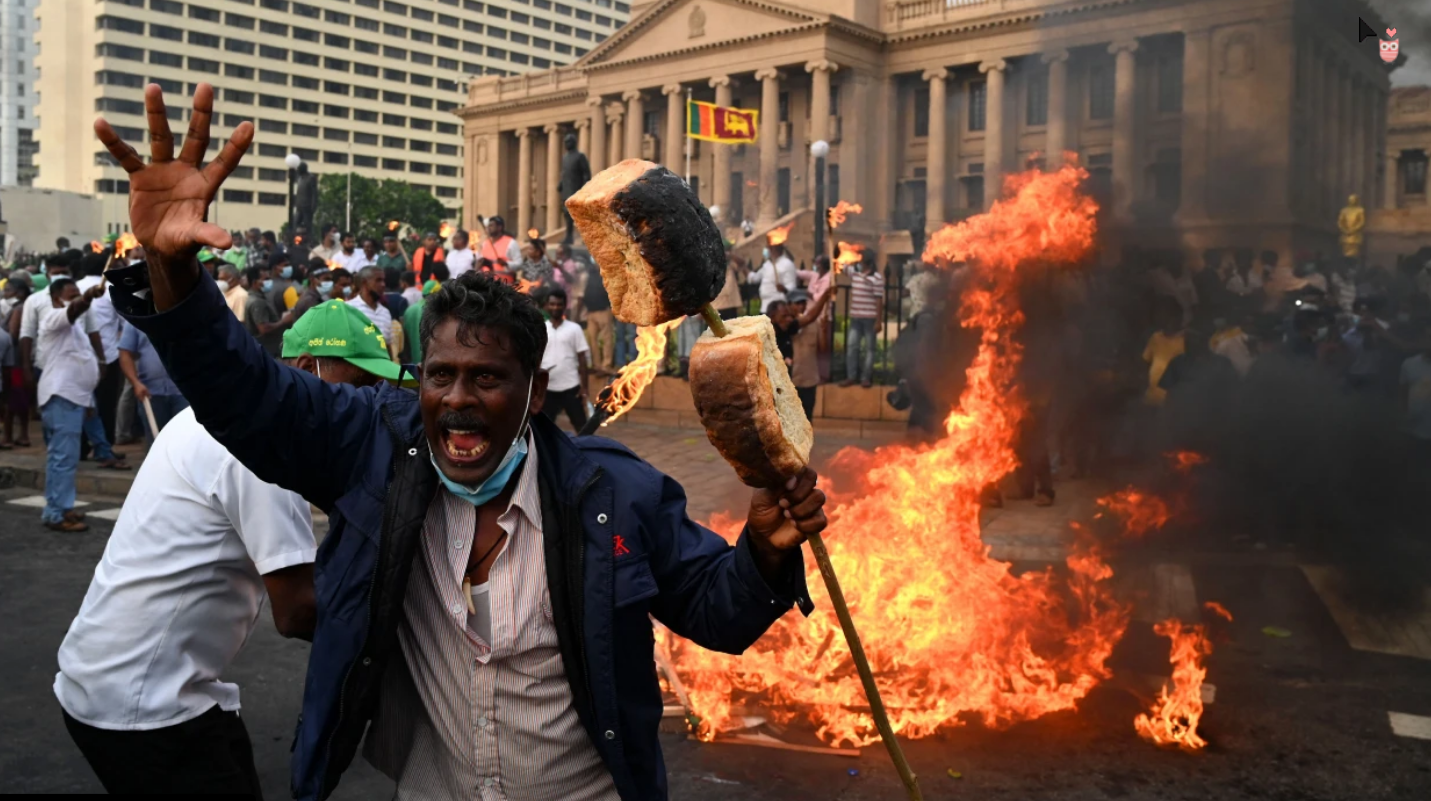Poverty in Sri Lanka has increased over the past four years, from 11 percent in 2019 to 26 percent in 2024, and the country needs ‘robust and credible structural reforms,’ says the latest report released by the World Bank.
The WB report, titled ‘Sri Lanka Development Update 2024: Bridges to Recovery,’ says that more than a quarter of the Sri Lankan population living in poverty and unprecedented economic crisis that engulfed the country in 2022 had affected the masses. “Households have adopted risky coping strategies to deal with lower incomes and price pressures, including using savings, taking on more debt, and limiting their diets. Food insecurity rose during the second half of 2023, with 24 percent of households being food insecure.”
It has found that food insecurity and malnutrition have increased, while poverty has doubled and the inequalities have widened. “Approximately 60 percent of households experienced a decline in income due to reduced work hours or job losses. The implementation of recent structural reforms, including cost-reflective utility pricing and new revenue measures, helped macroeconomic stability but strained household budgets.”
The report indicates that labour market trends in Sri Lanka have been affected by widespread closures of micro-, small- and medium-enterprises. In the third quarter of 2023, the labour force participation rate in the urban sector dropped to 45.2 percent, down from 52.3 percent in 2019. Youth unemployment, especially young adults (aged from 25–29), rose to 17.7 percent between the second and third quarters of 2023.
World Bank Director for Maldives, Nepal and Sri Lanka, Faris Hadad-Zervos noted: “Sri Lanka’s economy is on the road to recovery, but sustained efforts to mitigate the impact of the economic crisis on the poor and vulnerable are critical, alongside a continuation of the path of robust and credible structural reforms. This involves a two-pronged strategy: first, to maintain reforms that contribute to macroeconomic stability and second, to accelerate reforms to stimulate private investment and capital inflows, which are crucial for economic growth and poverty reduction.”
The Sri Lankan government is also in the process of privatising, commercialising or closing loss-making state-owned enterprises which has left many having to seek better-paying jobs. Sri Lanka’s already dilapidated public health and education systems have been plunged into crisis by government funding cuts.
The World Bank report states: “17.5 percent of households indicated that they limited their education expenses (including on stationery and uniforms) to deal with rising costs, and most households have changed their health treatment procedures since March 2022 due to a lack of funds.”
In March, Sri Lanka’s Department of Census and Statistics (DCS) stated that the minimum monthly expenditure per person in Sri Lanka has increased by 144 percent since 2019. The amount is calculated on the basis of what is required to fulfil the basic monthly needs of an individual, which in 2019 was 6,966 rupees ($23). This near-starvation level amount has now catapulted to 17,014 rupees per month.
“The economy contracted by 2.3 percent in 2023, despite growth in third and fourth quarters (1.6 and 4.5 percent, respectively) following six quarters of contraction. This was driven by shrinking construction and mining, financial and IT services, and textile manufacturing, amid weak demand, tight private credit, and shortages of inputs, and was partly offset by growth in transport, accommodation, food, and beverage services, resulting from a rebound in tourism. Inflation remained benign, after declining to single-digit levels in July 2023, supported by currency appreciation and improved supply. However, with the recent spike in food prices and pass-through of fuel and utility prices, headline inflation as measured by the Colombo Consumer Price Index increased to 5.9 percent in February 2024. Labour force participation declined (from 49.8 to 48.8 percent between 2022 and third quarter of 2023), especially in urban areas. Households have adopted risky coping strategies to deal with lower incomes and price pressures, including using savings, taking on more debt, and limiting their diets. Food insecurity rose during the second-half of 2023, with 24 percent of households being food insecure,” says the report.


